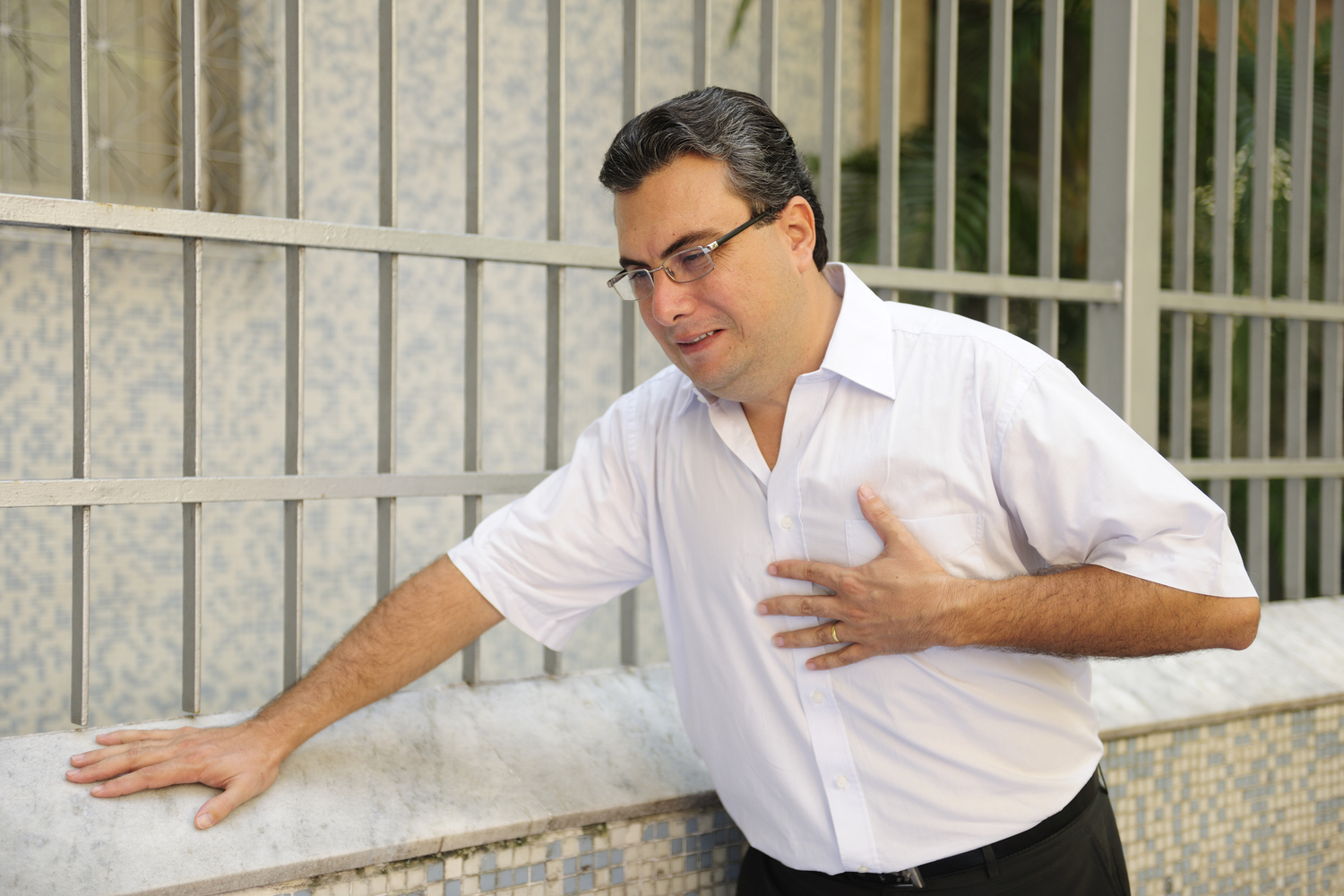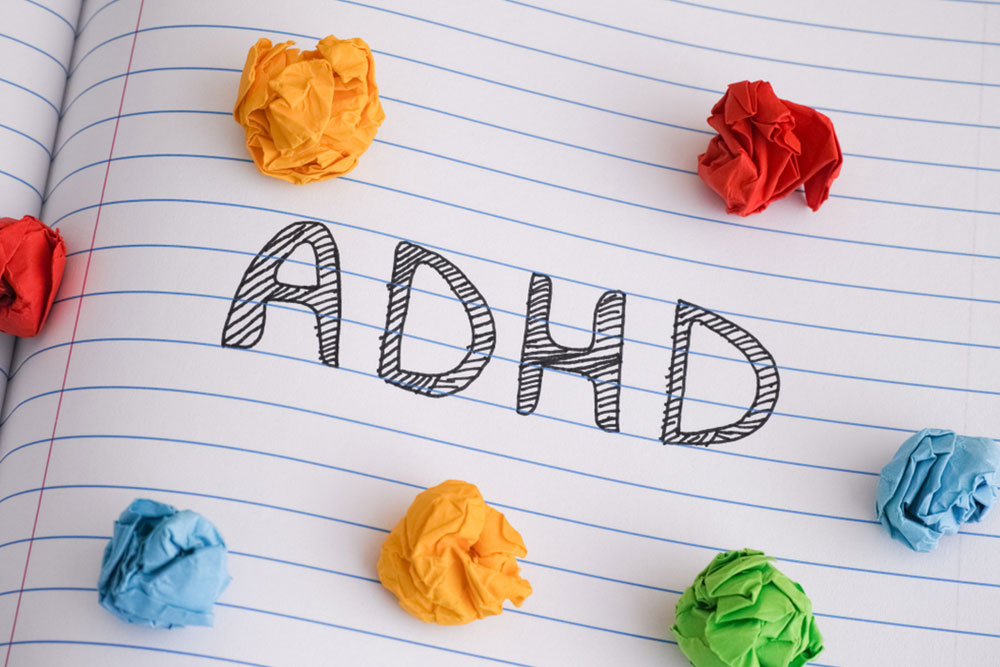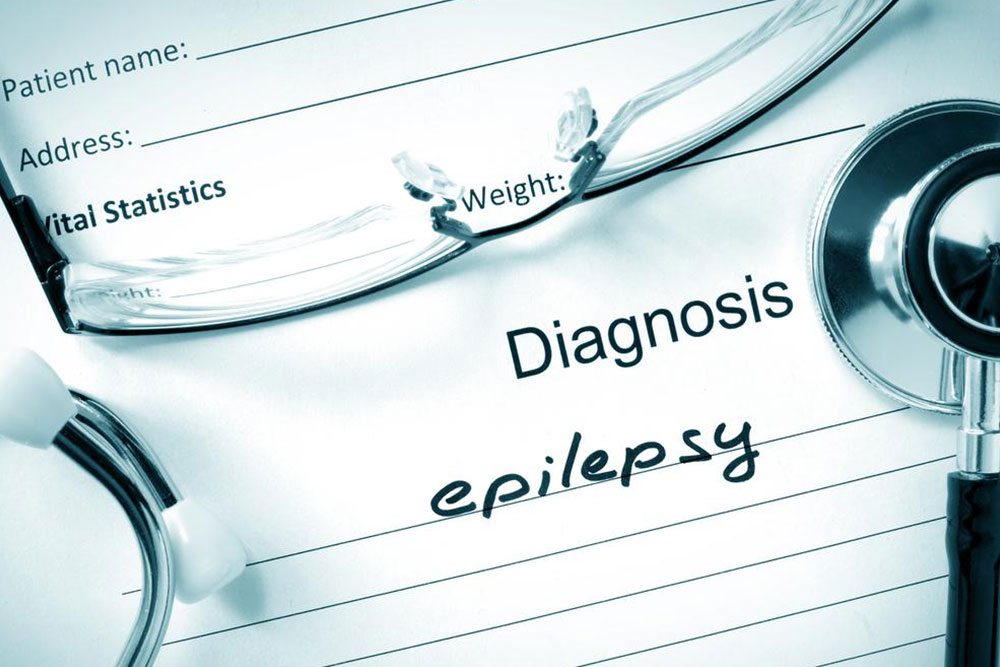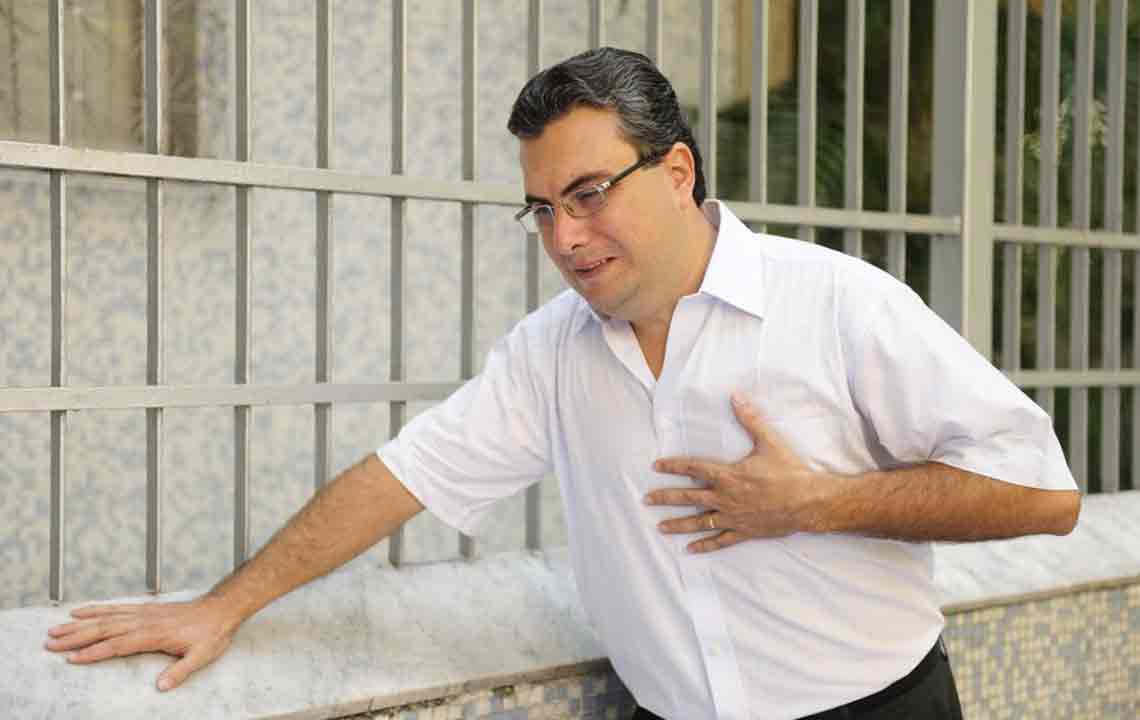Signs and Early Indicators of Stroke
This article highlights the critical signs of stroke, including symptoms and the importance of early recognition. It explains various stroke types, introduces the FAST method for quick detection, and emphasizes lifestyle changes to reduce risk. Understanding these indicators can save lives through prompt response and medical intervention.
The brain depends on a constant flow of oxygen-rich blood, supplying about 20% of our body's oxygen. When blood flow is interrupted for as little as 3-4 minutes, brain cells stop functioning; if this persists beyond 10 minutes, cell death begins, leading to a stroke. Early detection of stroke symptoms is crucial to minimize brain damage and facilitate prompt treatment.
Understanding the Causes of Stroke
The brain governs vital functions such as movement, vision, breathing, and memory, thanks to an intricate network of arteries and blood vessels. A blockage or rupture in these vessels can halt blood flow, resulting in a stroke.

Recognizing Stroke Symptoms
Most strokes (about 85%) stem from blood clots or plaque obstructing cerebral arteries, known as ischemic strokes. Symptoms include sudden severe headache, weakness or numbness on one side, facial drooping, speech difficulties, blurred vision, or trouble walking. Immediate medical help can significantly reduce damage.
Mini-stroke or Transient Ischemic Attack (TIA)
A TIA lasts only minutes, caused by temporary artery blockages that resolve quickly, leaving no permanent damage. However, experiencing TIA symptoms increases the risk of future strokes by up to 33%. Symptoms resemble those of major strokes and include facial weakness, speech trouble, vision issues, vertigo, and balance problems.
Other Stroke Types and Their Symptoms
Beyond ischemic and TIA strokes, there are three additional types:
Hemorrhagic stroke: Caused by bleeding in the brain, leading to symptoms like severe headache, dizziness, confusion, nausea, and light sensitivity.
Brain stem stroke: Disruption of blood flow at the brain's base can impair movements, balance, vision, speech, and breathing, often affecting both sides of the body.
Cryptogenic stroke: When the cause remains unidentified despite tests, such strokes resemble other types in symptoms but lack a clear origin.
The FAST Method for Stroke Recognition
Developed by medical professionals, the FAST acronym helps identify stroke signs quickly:
Face drooping: Check if one side of the face sags when smiling.
Arm weakness: Ask the person to lift both arms; watch for one drifting down.
Speech difficulty: Have them repeat a simple sentence; listen for slurred or incoherent speech.
Time to call emergency services: If any signs are present, seek immediate medical help.
Recognizing early symptoms allows for timely treatment, which can save brain tissue and lives. Adopting healthier lifestyles, managing blood pressure, cholesterol, and diabetes, along with regular exercise, reduces stroke risk.Disclaimer:
This blog offers useful information based on research and aims to inform, not replace professional medical advice. For specific health concerns, consult a healthcare provider. The site does not assume responsibility for information accuracy across platforms or for unlisted offers or schemes.










